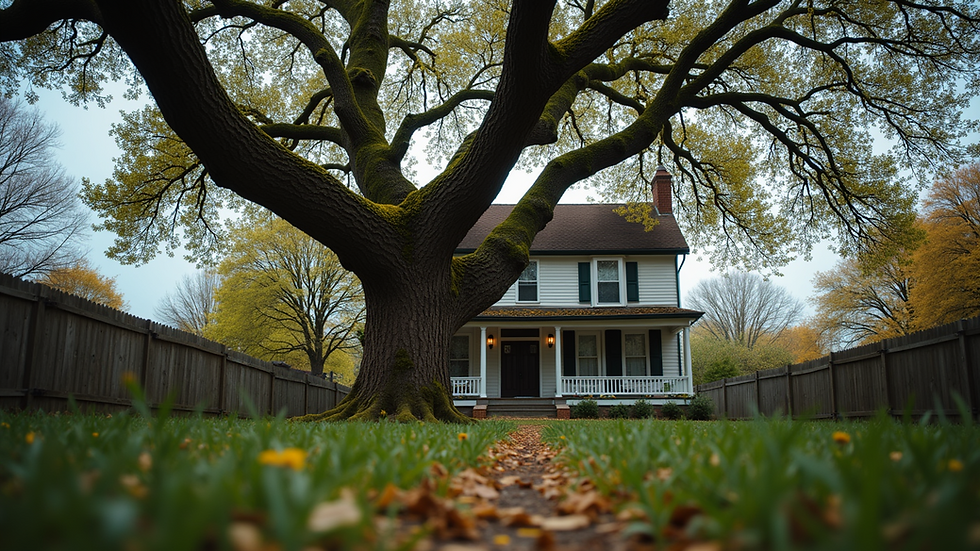The Difference Between Coniferous and Deciduous Trees
- Michael Shults
- Dec 29, 2024
- 2 min read
Trees are an essential part of our ecosystem, providing oxygen, habitat, and beauty to our landscapes. They can be broadly categorized into two types: coniferous and deciduous trees. Understanding the differences between these types can enhance your appreciation of nature and guide your gardening or landscaping choices.
What Are Coniferous Trees?
Coniferous trees, often referred to as evergreens, are characterized by their needle-like leaves and cones. These trees typically remain green year-round, making them a popular choice for landscapes that require year-round foliage.
Key Characteristics:
Leaves: Thin, needle-like, or scale-like.
Foliage Retention: Retain most of their leaves throughout the year.
Reproductive Structures: Produce cones instead of flowers.
Examples: Pine, spruce, fir, and cedar trees.
Habitat: Thrive in colder climates and higher altitudes due to their tough, waxy leaves that reduce water loss.
What Are Deciduous Trees?
Deciduous trees, often called broadleaf trees, are known for shedding their leaves annually, typically in the fall. This process allows them to conserve water during the winter months.
Key Characteristics:
Leaves: Broad, flat, and often vibrant in color during autumn.
Foliage Retention: Lose their leaves seasonally, usually in the fall.
Reproductive Structures: Typically produce flowers and fruits.
Examples: Oak, maple, birch, and cherry trees.
Habitat: Common in temperate climates with distinct seasonal changes.
Key Differences Between Coniferous and Deciduous Trees
Ecological Roles
Both types of trees play crucial roles in the environment.
Coniferous Trees: Offer shelter and food for wildlife, stabilize soil, and thrive in areas where other vegetation might struggle.
Deciduous Trees: Provide shade, improve soil fertility through leaf litter, and support diverse ecosystems.
Choosing the Right Tree for Your Space
When selecting a tree for your garden or property, consider factors like climate, soil type, and the tree's maintenance needs.
Coniferous trees are ideal for privacy screens, windbreaks, and year-round greenery.
Deciduous trees are perfect for shade in summer and allow sunlight through in winter when their leaves are gone.
Final Thoughts
Both coniferous and deciduous trees bring unique benefits and beauty to our world. Whether you're hiking through a pine forest or admiring the autumn colors of a maple tree, understanding these differences helps you connect more deeply with nature.







Comments